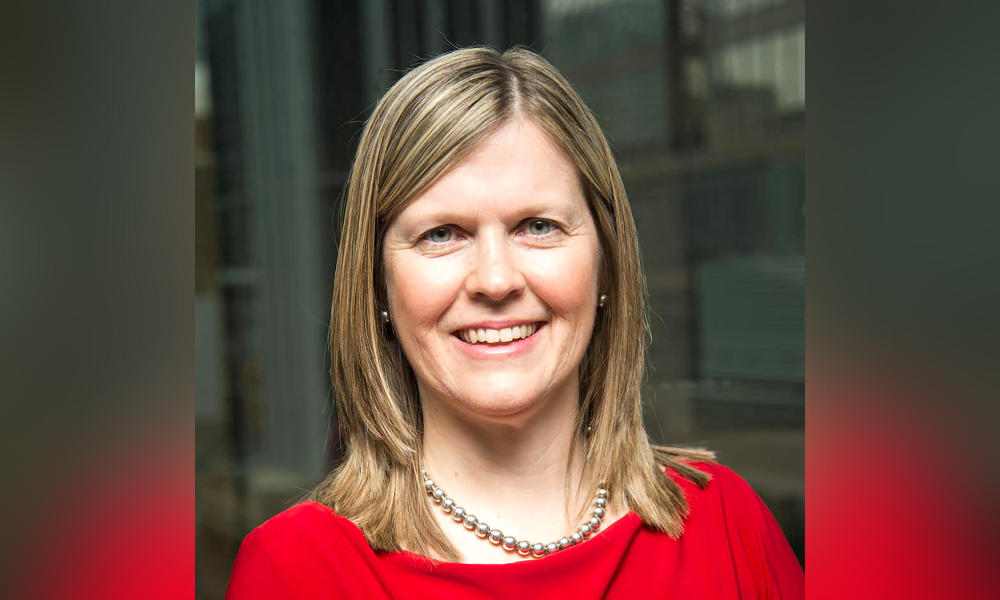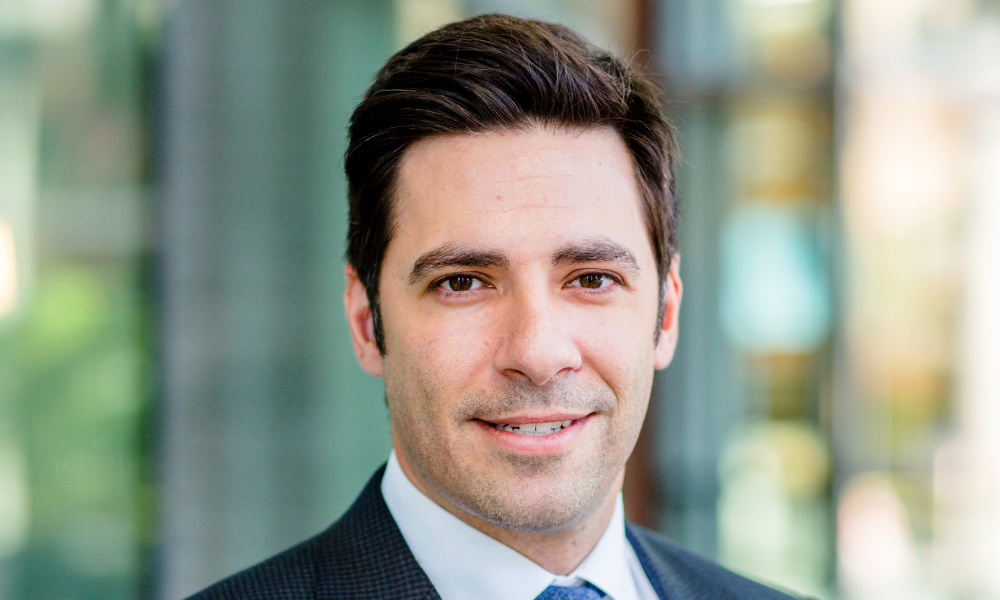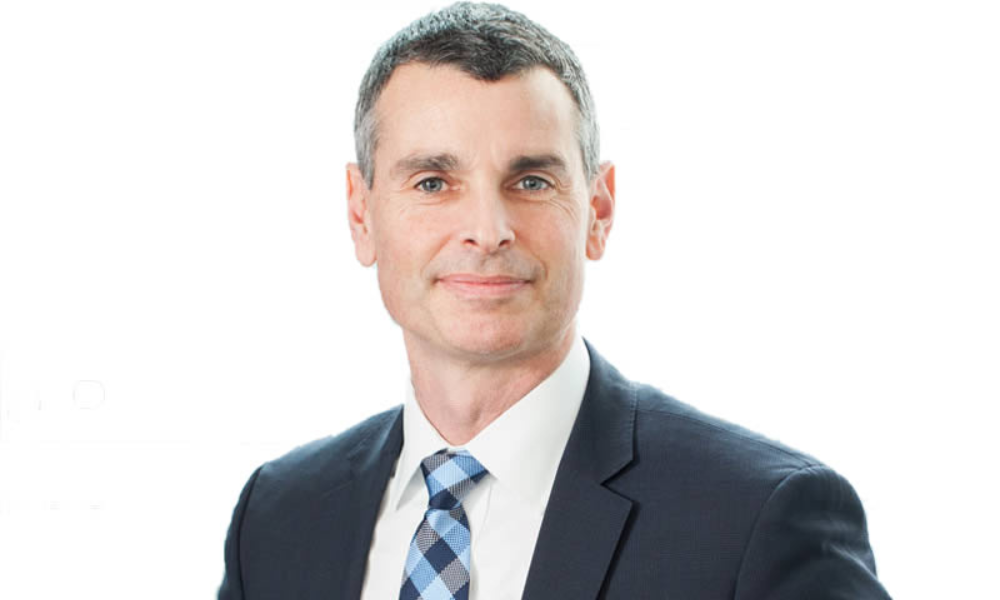Is a more dynamic approach required?

Already a source of huge debate in the mortgage industry since its introduction, the mortgage stress test came under scrutiny from executives at top Canadian lenders during a recent panel discussion in Vancouver.
Prominent figures at some of the country’s largest lending institutions had their say on the mechanism at the Mortgage Professionals Canada (MPC) National Conference in Vancouver, with its application in the current changing rate environment also coming under the microscope.
Devon Ajram (pictured below), vice president of broker services at lending giant TD Bank, told an audience that the “aggressive nature” by which interest rates have climbed in recent times means that many borrowers are now “pushed up” against the stress test, with that fact potentially set to have a significant impact as they approach renewal.

“The issue at its core that we all have to consider is that when you get these really aggressive rate hikes, it doesn’t happen in a vacuum,” he said. “You’ve got this macroeconomic landscape that’s including things like job changes and property value changes.
“[On] the question of ‘Were they good, do they help?’ – I think time will tell, especially as we start going through a renewal cycle and you start seeing customers being pushed up against the cash flows that we were basically trying to measure against. We found ourselves in a situation where we’re actually up against the thing that we’re testing for.”
Janet Boyle (pictured top), executive vice president and chief risk officer at MCAP, said it could be time for regulators to slightly adjust their approach to the test, especially with some borrowers finding new ways to tip upwards the amount they can qualify for such as taking a variable-rate mortgage at origination before converting into a fixed almost immediately after.
Read next: Where do opportunities lie for investors in the current market?
“At the point that we’re at now, I think it’s time to approach it in a more dynamic way. We are now hitting up against the top of that, and I think what we’ve seen in some cases is the unintended consequence of borrowers going into different terms, just to try to minimize what that stress test is to try to stretch their affordability,” she said.
“That’s not the purpose of it – that’s trying to get around it. So, I think seeing a more dynamic approach would be a good idea from the regulator.”
Jason Ellis (pictured below), president and CEO at First National, said that while he would have liked to have seen the stress test more broadly applied from the get-go, it had been a necessary measure – and one that showed little sign of vanishing anytime soon.

“I think the stress test was appropriate,” he said. “I think the big debate will be now that we find ourselves in absolute terms in a completely new rate environment, does it serve the same purpose where we’re now qualifying a 6% coupon up to 8%?
“I guess we’ll see, but obviously OSFI [the Office of the Superintendent of Financial Institutions, which introduced the stress test] and others have made their view clear on this. The stress test is not going anywhere anytime soon, so I think it’s something that we’re going to have to continue to live with.”
Read next: How should brokers handle difficult conversations with clients?
It’s “tough to say” whether the test has helped borrowers, Ellis added. “It’s not like people were actually taking that 2% differential and saving it in an account for a rainy day.”
For Mahima Poddar (pictured below), senior vice president and group head, personal banking at Equitable Bank, the measure – while perhaps unpopular in many quarters upon its introduction – had proven a sensible move, especially after the unprecedented market conditions of the COVID-19 pandemic.

“In hindsight, it has provided resilience to our borrowers, and it gives us the confidence that as these rate increases have happened – far greater than 2% in the last two quarters – that borrowers will be able to keep up with [them],” she said.
“But I think it was hard for anyone to know that this macroeconomic environment that we were in [would arrive], that COVID would have happened, and inflation would have happened. And so, I almost feel like we got lucky with the stress test.”



